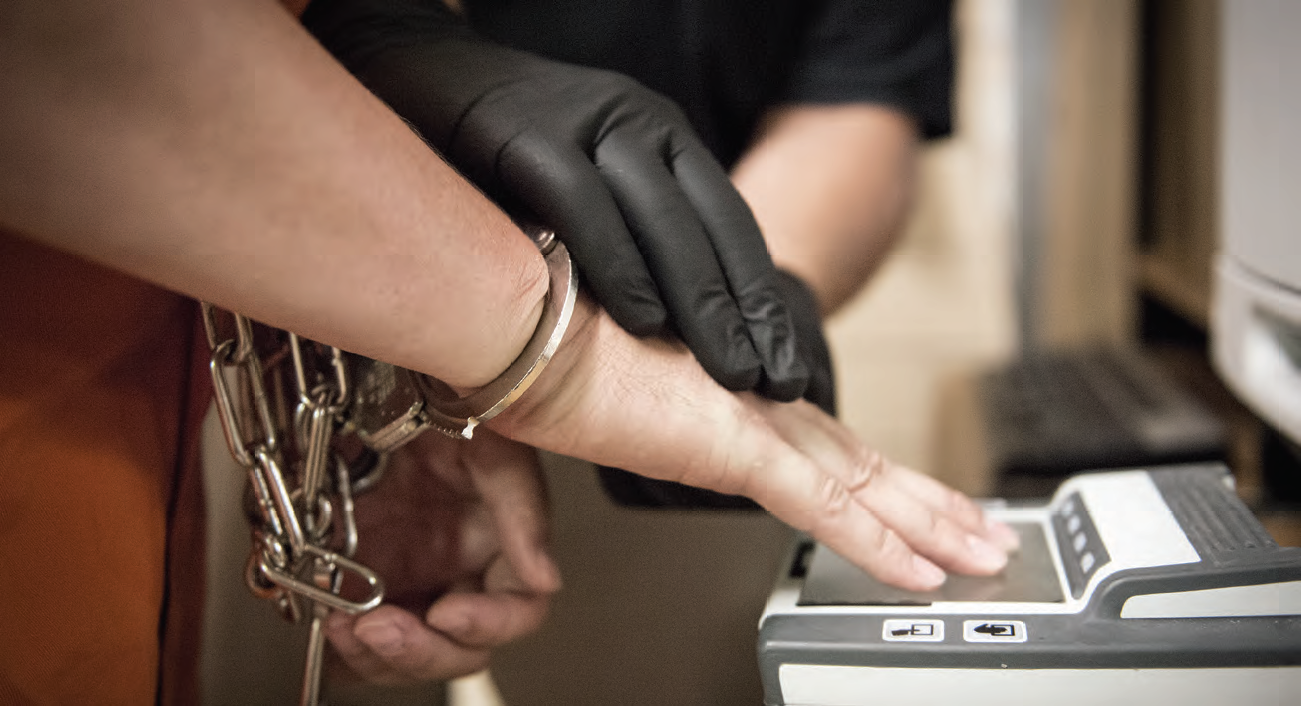Clergy for a New Drug Policy
When was the last time any of us read of a war being over? The War in Afghanistan? The Culture War(s)? The War on Poverty? For all we know, factions may still be seething over issues, such as they were, in the Thirty Years’ War or (we’ll raise you 70) the Hundred Years’ War
By Martin E. MartySeptember 12, 2016
 When was the last time any of us read of a war being over? The War in Afghanistan? The Culture War(s)? The War on Poverty? For all we know, factions may still be seething over issues, such as they were, in the Thirty Years’ War or (we’ll raise you 70) the Hundred Years’ War. So it is startling to read, as we do now with some frequency, that the “War on Drugs” is over. Look out the window at the overcrowded prisons housing addicts and drug dealers, penal colonies which grow every year, and it’s hard to believe that the “war” is over. This is so especially because in many jurisdictions law-enforcement powers keep arresting and confining ever more addicts with no alternative.
When was the last time any of us read of a war being over? The War in Afghanistan? The Culture War(s)? The War on Poverty? For all we know, factions may still be seething over issues, such as they were, in the Thirty Years’ War or (we’ll raise you 70) the Hundred Years’ War. So it is startling to read, as we do now with some frequency, that the “War on Drugs” is over. Look out the window at the overcrowded prisons housing addicts and drug dealers, penal colonies which grow every year, and it’s hard to believe that the “war” is over. This is so especially because in many jurisdictions law-enforcement powers keep arresting and confining ever more addicts with no alternative.
The War on Drugs over? Could this be because we have run out of people to arrest and imprison? Have we run out of publics which remain ready to prosecute the war by filling the prisons? Hardly. As Alexander E. Sharp (MDiv '96) reminds readers in an article in The Christian Century whose title sounds optimistic (“After the War on Drugs”), our nation has spent over $3 trillion waging that war since 1971. Manya Brachear Pashman reported in the Chicago Tribune over a year ago that Federal Prison populations had ballooned from 25,000 in 1980 to 219,000 in 2013 and that “[r]ecidivism also escalated as criminal records prevented many ex-offenders from securing employment or housing.” The War on Drugs over?
Sharp, Brachear Pashman, and many other google-able reporters are describing what creative people are doing now because they see that enforcement has not lowered but, instead, added to the prison populations. Our experiences here at Sightings do not qualify us to be “war correspondents” or experts on drugs. What draws us to this topic is the fervor and imagination with which clergy in many denominations, beginning with Unitarian Universalists, have recognized that the war is lost, and that new strategies are needed. Several of the writers agree, or report on those who observe, that it is counterintuitive for religious leaders (who join with social workers, some law enforcement agencies, and citizens of goodwill in general) to provide safe havens for addicts. The visionaries are also lobbying legislators to effect changes in approaches so as better to deal with addiction and its attendant ills.
Pastor Sharp, a longtime activist on social-justice fronts, describes successful programs like Vancouver’s Insite, the first legal, supervised injection center, where addicts come for clean needles, at least minimal medical care, company, counsel, and steps toward new lives—something the policy of imprisonment almost never has done. In Vancouver, the drop-ins at Insite are observed by experts to minimize injury as they shoot up. Then the visitors go from stalls to a lounge area, then to a detox unit, and often to an 18-bed, long-term recovery unit. Sharp reports on the spread of experiments to other cities, and notes that there are significant declines in recidivism where these Insite-type efforts are made.
Such units follow a “four-pillar” approach, which the pioneering psychiatric nurse Liz Evans developed with colleagues. “We demonized drug users,” says Evans; something else was needed, an approach that does not say “people are bad because they are making wrong decisions.” Heroin use and addiction to painkillers have killed 78 people each day in the United States under the old War on Drugs model. Writes Sharp: “a fundamental shift in policy is under way—a shift toward a more humane and hopeful policy.” The problem afflicts families, churches, campuses, farm communities, and small towns as much as inner cities.
Many mistakes will be made along the way in pursuit of a new policy, but Pastor Sharp and his hopeful counterparts are clear about their “counterintuitive” yet humane vision. They can count on much clergy support, because priests, ministers, and rabbis are on the front line and frustrated by the futility of the War on Drugs. They support the fourth pillar in the new approach, “harm reduction.”
Resources
- Brachear Pashman, Manya. “Clergy join push to legalize marijuana in mission of social justice.” Chicago Tribune. June 2, 2015.
- Sharp, Rev. Alexander E. “Ending the Drug War and Saving Lives.” The Huffington Post. October 6, 2015.
- —. “The War on drugs failed. What now?” The Christian Century. August 30, 2016
Image: U.S. Marshals fingerprinting prisoner | Source: United States Marshals Service
| Martin E. Marty is the Fairfax M. Cone Distinguished Service Professor Emeritus of the History of Modern Christianity at the University of Chicago Divinity School. |
Sightings is edited by Brett Colasacco, a PhD candidate in Religion, Literature, and Visual Culture at the University of Chicago Divinity School. Click here to subscribe to Sightings as a twice-weekly email.


